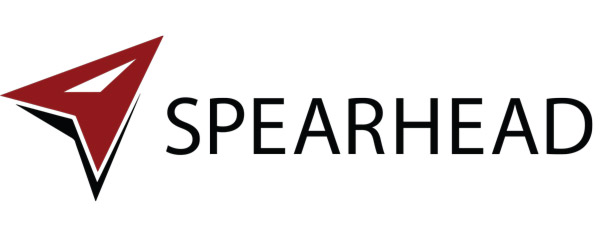Business Automation and How to Prepare
ONTRAPORT’s recent blog post titled “Automate Your Business – 6 questions to answer before automating your business” raised some interesting points. Here’s my take on it…
Point #1 – They ask, “Do you have a product?”
This seems like a question from Mr. Obvious. But when you peel it back, I would encourage companies to consider asking themselves the question, “Which product or service do you want to build your business with?” For instance, say you’re a florist, do you set up automated nurturing campaigns for any and all holiday’s or do you specialize in a sensitive and caring message toward funeral preparations? (Just an example)
We like to use an exercise to identify which markets are most relevant, reachable and right-sized so you focus on a market that will pay off.
When it comes to business automation, it ALWAYS makes sense to focus on products and services that can be purchased and fulfilled online 24×7. This way you’re automation really pays off because it’s scalable and you make money whether you’re at the office or not. That said, if your product or service requires a hands-on, consultative, approach to the transaction, you can still leverage automation but be careful what you wish for. For example, we once automated the request for quote process for a steel rule die business. The problem? Their team wasn’t ready to be accountable to a process…which brings up the next point.
Point #2 – “Do you have your processes down pat?”
The HUGE paradigm shift for most people is the idea that they’re “function” in the company now has two very different parts. First, they have to design systems that can repeatedly follow-up with leads, provide estimates, process orders, ship products, fulfill service requests, provide support, process billing, etc. Second, if there are manual tasks to complete, the people now become operators within the system.
The old free wheeling hero tactics that were so heavily rewarded in the early days actually become a hindrance to the business.
Systemizing a business is a cultural shift that will only stick if your people really keep their eye on the prize.
Point #3 – “Have you delineated responsibilities?”
My suggestion is to read the book “The Design of Business” by Roger Martin.
Essentially, you need a person or two to drive new innovation. These are your big idea people; think Henry Ford. Then you need a handful of high-level operators in your business that can bridge the gap between no systems and fully systemized. They’re the people who set framework and structure in place. They’re also pretty expensive; think P&G Brand Managers. Then you have the people and/or technology solutions that run WITHIN your scalable systems. Your high-level operators oversee the systems. You’re hands-on operators work within the system. Think McDonald’s.
Point #4 – “Do you have a website?” More likely, is your website up to date?
The shift in thinking regarding your website is the idea that your online content is now part of a system. That means things happen in your business that may need to be updated on your site, which affects how a contact gets in touch with you, which affects how you respond to them, and so forth. It’s a different mentality than the old school brochure websites.
And, like any system, your website should be monitored and improved upon on regular basis to remain relevant.
Point #5 – “Do you have a content strategy?”
How do we bring a lofty phrase like content strategy down to something you can work with?
I would ask you to think about what experience you want to deliver to your target buyers along their path from initially connecting to being a raging fan. I recommend reading “The Experience Economy” by Pine and Gilmore.
How will you stay in touch until they are ready to do business? How you’re going to blow their socks off? How you’ll expand the relationship? Providing information, entertainment, experiences, and opportunities to engage along the way is truly made possible when you leverage automation software like ONTRAPORT.
Point #6 – “Have you made a full technology assessment?”
This takes me back to point #3. Once you have a framework for running your business, then you can pin down the system in whatever combination of people and technology makes sense. This is ta all task for sure but once your team gets in the HABIT of systemizing your business it will become second nature.
I emphasize the word habit because habits are the cultural adoption of systems and when you think about systemizing your business, you’re really committing to changing behavior. I recommend reading “Work the System” by Sam Carpenter.
Spearhead believes in the power of systems and automating them where possible. Systems enable the execution of choreographed experiences based on individual interests and behaviors. The experience can be designed to “Wow” your audience and reliably offer tangible value. Organizations that follow systems set better goals, maker better adjustments, and achieve greater results.
About Chad Root
Chad Root, Spearhead’s President and Founder has a Bachelor of Science in Architecture and a Masters of Business Administration. This background has enabled his marriage of creativity and strategically leveraged systems and fuels Spearhead’s mantra – “We put creativity to work.” Always a challenger of the status quo, Chad is constantly looking for opportunities in developing relationships, increase revenue and build reputations on behalf our Spearhead’s clients. His mission is to build the region’s most strategic agency that enables salespeople and influencers to leverage world-class marketing communications and automation.
